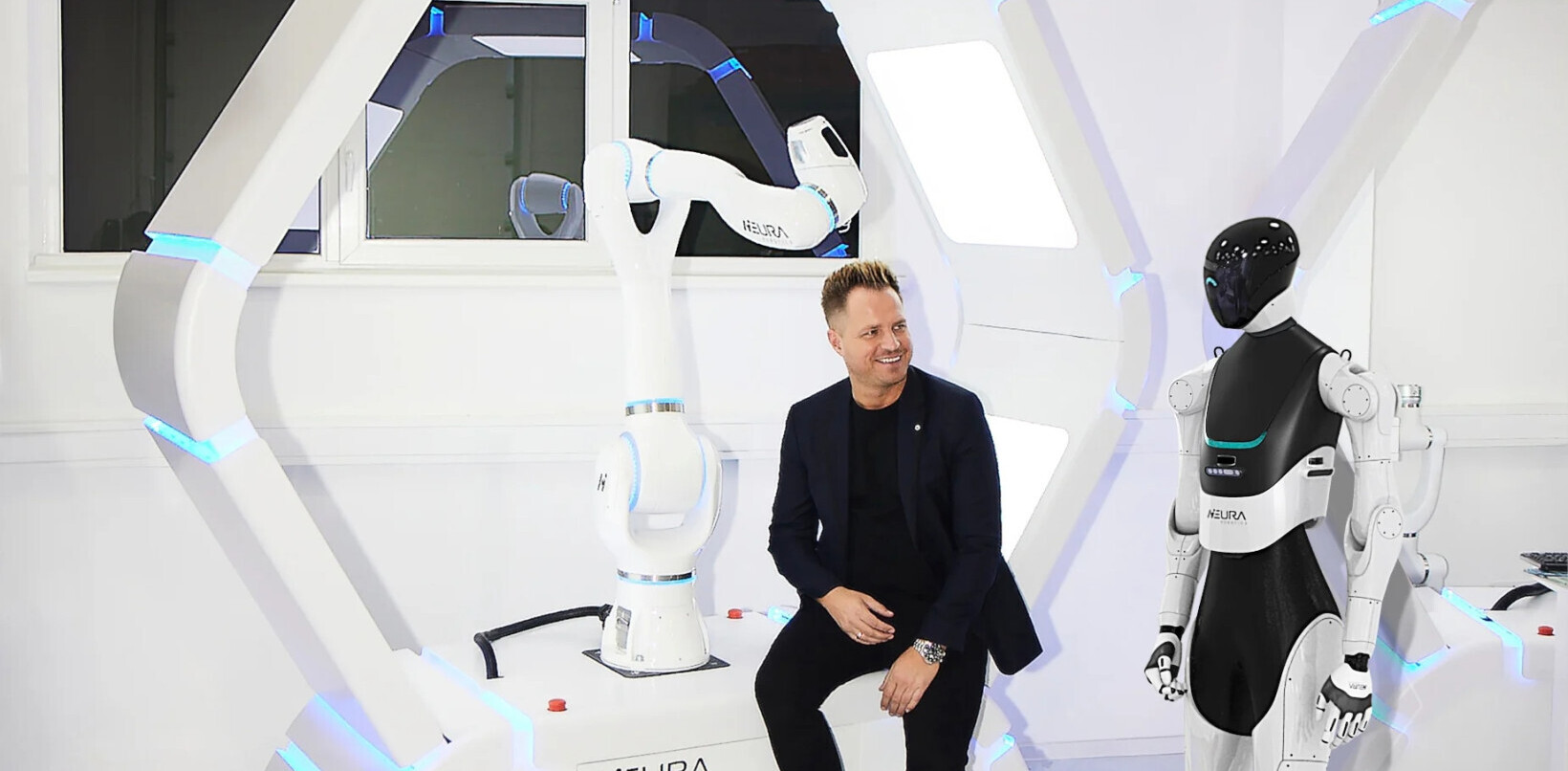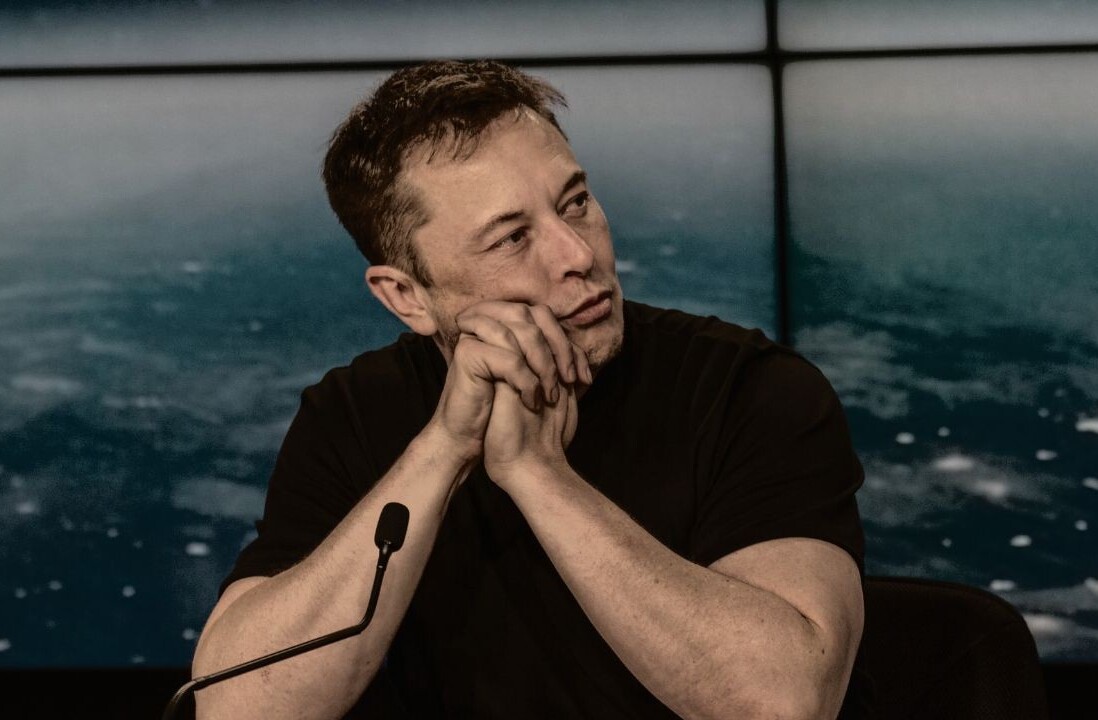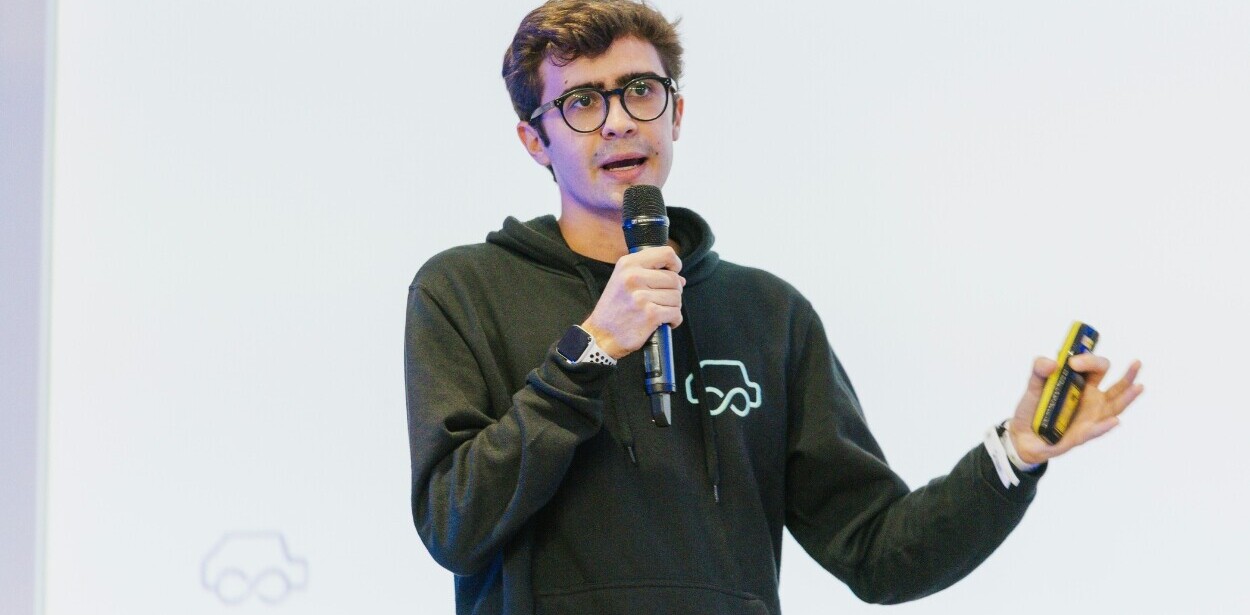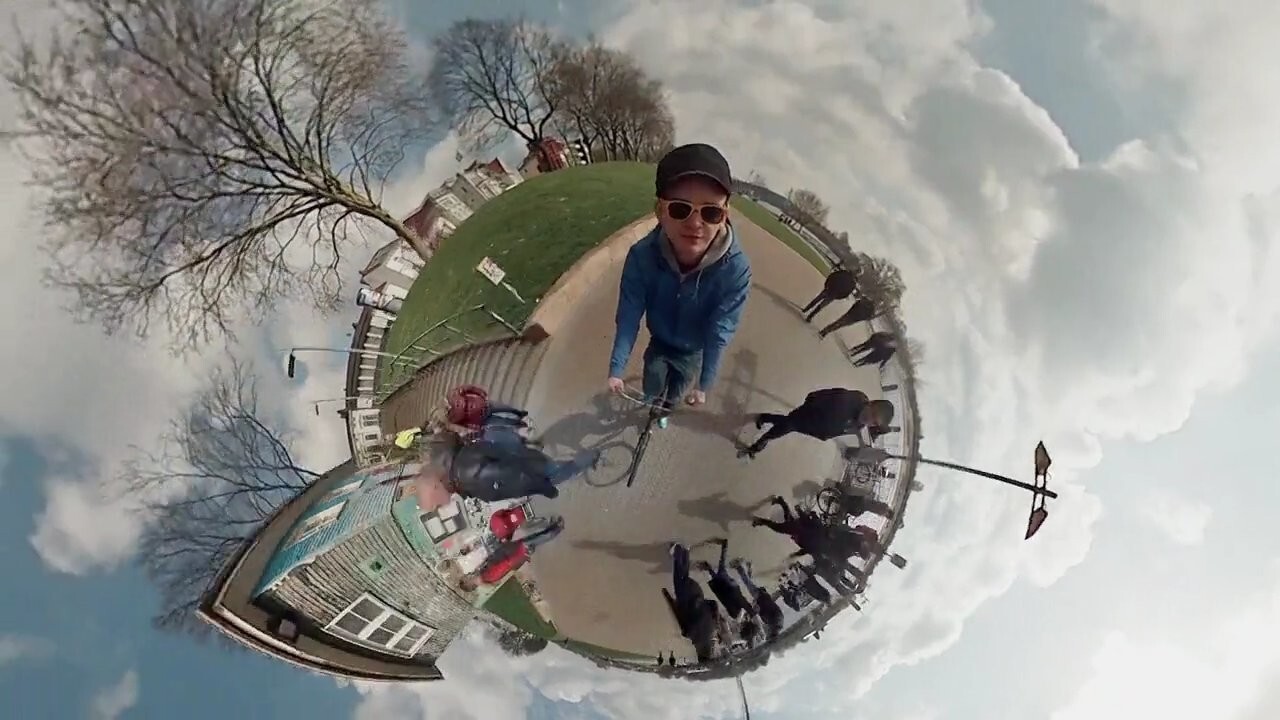
Dominic Smith is a senior writer and content strategist for Rackspace Digital, the digital marketing infrastructure specialists.
Digital marketing, like the “analog” marketing that came before it, relies on word of mouth. Clicks, shares, pins and retweets are all part of the conversation.
Even in the age of BuzzFeed and go-viral formulas (online quizzes involving yesteryear celebrities apparently back in style), many brands still engage traditional ad agencies and marketing consultants to craft their message. But a handful of companies go it alone, even after they achieve considerable success.
Two companies that have broken away from the pack for their unconventional use of digital marketing channels are GoPro Camera and Tesla, the electric car manufacturer. While GoPro has virtually hijacked YouTube, generating over 400 million views of intrepid souls tearing down ski slopes, Tesla runs its own website with a marketing team of seven.
Its secret sauce? A beautifully designed car that can be custom-ordered for delivery, direct from the Tesla online design studio.
GoPro camera: A window onto the world
At its most basic level, a camera is a lens, a window onto the world. It’s not the camera you’re looking at when you watch the video of someone snowboarding, surfing or base jumping—it’s the spinning, whirring site of the ocean, mountain or sky.
Even though it’s mostly invisible in this video, it’s the camera and the GoPro brand that get most of the credit. The brand becomes a delivery mechanism for adventure, for the idea of checking things off our collective bucket list.
It also gets credit for compassion and humanism thanks to slower, viral hits like “Fireman Saves Kitten.”
The GoPro channel has a little under two million subscribers, comprised of sports fans, thrill seekers, photography buffs and just about anyone with a social media account. Sharing is everything for this kind of content. The video above has received over 30 million views and generated more than 27,000 comments.
Those numbers are important for the success of GoPro’s digital marketing strategy. By posting engaging content on a regular basis, the company is able to demonstrate value in becoming a subscriber.
On top of that, GoPro systematically goes through the viewer comments on YouTube and answers any product questions that come up. In other words, GoPro is using YouTube as an active system of customer and prospect engagement, not merely a repository for pushing out content.
And because they’re so confident you’ll watch their posted videos all the way to the end, they present you with a single “Subscribe” button at the conclusion of all that emotion-driven fun.
Tesla: A carmaker without a dealer network
The US auto market has lots of barriers to entry—capital investments in factories, the need for high-end TV spots, and incentives for dealers chief among them. The conventional wisdom is that no car could compete without winning over the showroom floor.
But Tesla, the company started by tech billionaire Elon Musk—who sidelines as the SpaceX pioneer—has disrupted that paradigm.
Unlike other electric cars like the Chevy Volt, Tesla has no dealer network and doesn’t engage in any traditional advertising. The company has no CMO and only a small marketing team.
Despite the fact that a handful of states, including Texas and Virginia, have recently banned Tesla sales via traditional channels, the sleek electric cars are popping up on roadways all over the country. The music-cum-boomtown of Austin, Texas sees hundreds of Teslas on its streets, despite the statewide ban on their sale.
Thirty-five high-tech storefronts across the US, Asia and Europe, do some of Tesla’s advertising for them. They’re set up like Apple Stores, in upscale shopping malls and on strategic urban thoroughfares. Curious passersby slow down to take pictures on their smartphones and post them on social media.
The rest of Tesla’s “advertising” is done by curious journalists and online commerce. With less than 10,000 cars sold worldwide, the Tesla name—and its stock price—carries more buzz than revenue (the company only recently posted its first quarterly profit).
But journalists love to cover the story of the technology and the bullish entrepreneur behind it. In fact, because it’s relatively difficult to buy a Tesla (its $70,000 entry-level price tag notwithstanding), there’s a certain appeal of going rogue.
Since state governments aren’t able to effectively ban online sales, Tesla enthusiasts can customize their rides, pay their deposits and wait 90 days for a delivery.
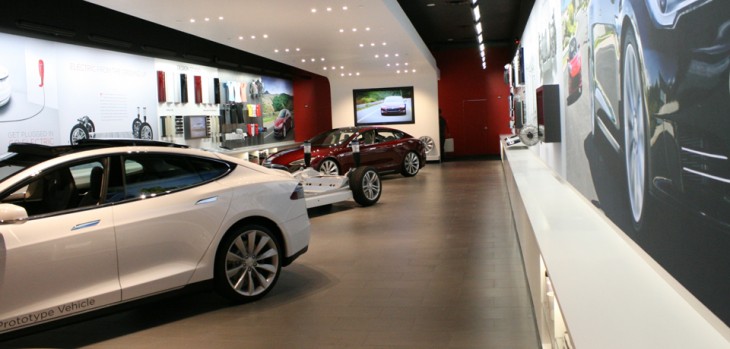
The power of “free” advertising
While it’s true that Tesla and GoPro are at opposite ends of the pricing universe—$70,000 versus $400—the two brands have a lot in common. They’ve both built exceptional products that strike a nerve with the buying public. They’ve both found ways to put that product front and center, while avoiding the high costs of traditional advertising.
Each brand tells a compelling story, one that involves defying convention for something more urgent and exciting.
Your neighbors might buy a GoPro Camera for their upcoming whitewater rafting trip, but they’re less likely to start commuting in a Tesla any time soon. That’s okay with Tesla. They just want your neighbors to post pictures on Facebook or Instagram when that first sleek Tesla drives by.
Don’t miss: How to create successful social video content
Get the TNW newsletter
Get the most important tech news in your inbox each week.
